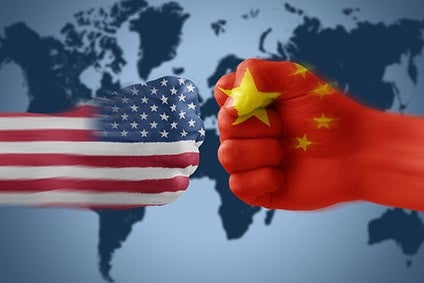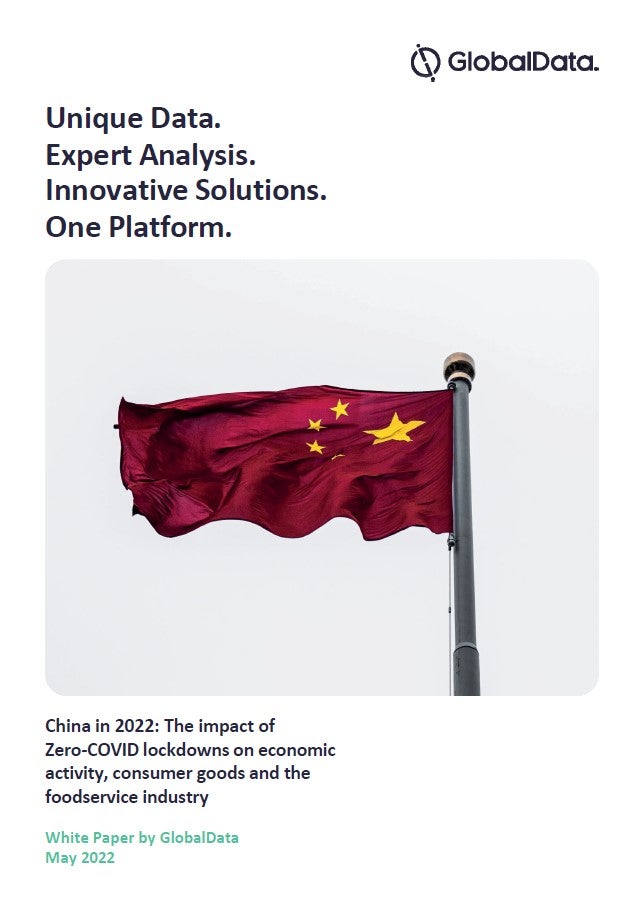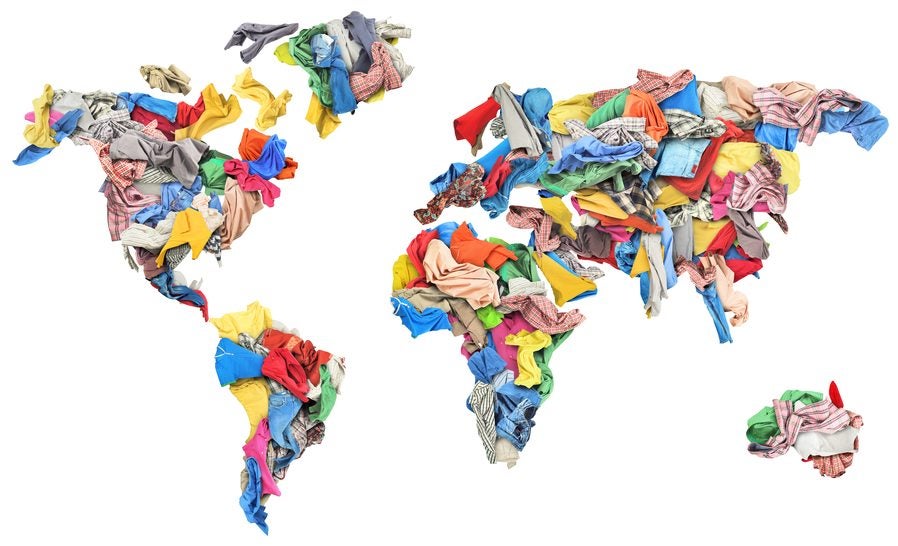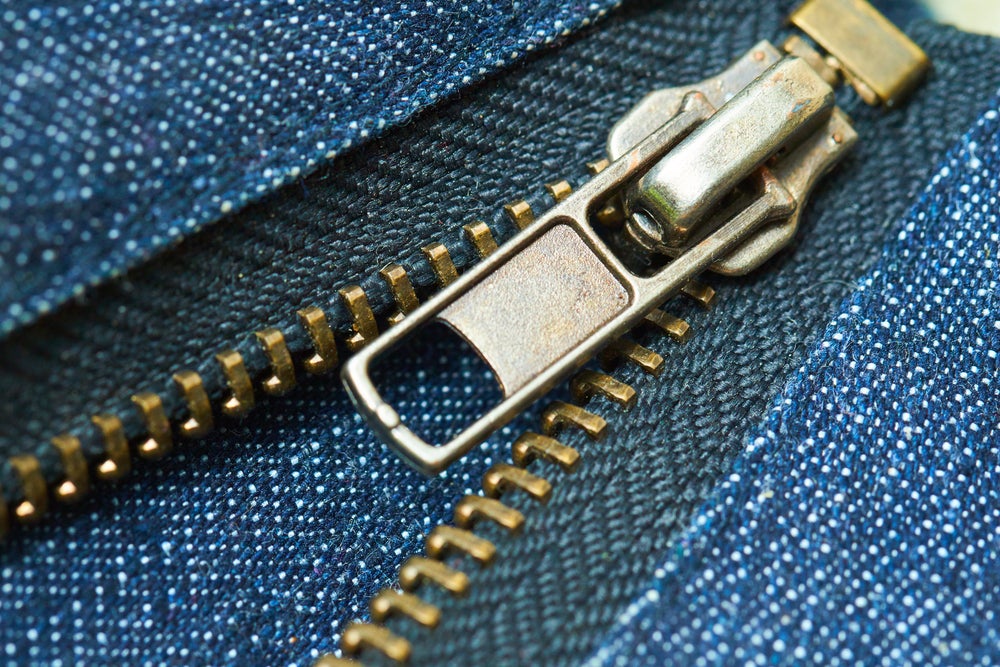
The United States and China have signed the long-anticipated ‘Phase One’ trade agreement between the two countries, in a move that paves the way for punitive tariffs imposed on most US apparel imports from China to be cut in half.
The agreement, which was signed by President Trump and Chinese Vice Premier Liu at the White House yesterday (15 January), also confirms the suspension of Section 301 tariff hikes on additional apparel items that had been due to take effect on 15 December.
As part of the ‘Phase One’ deal, the US will halve tariffs imposed in September on a wide range of consumer goods – including around US$31bn textile, apparel and home textile products – from 15% to 7.5%. The cancelled December round would have covered a further US$4.7bn in textile, apparel and home textile products.
But other tariffs remain in effect, including an additional 25% levy on US$3.7bn worth of Chinese textile products (Tranche 3) that has been in place since September 2018. Likewise, cotton imports from the US into China remain subject to an additional 25% duty.
Among provisions embedded in the Phase One deal are measures to fight counterfeits on e-commerce sites, Intellectual Property, expanded trade and dispute resolution.
How well do you really know your competitors?
Access the most comprehensive Company Profiles on the market, powered by GlobalData. Save hours of research. Gain competitive edge.

Thank you!
Your download email will arrive shortly
Not ready to buy yet? Download a free sample
We are confident about the unique quality of our Company Profiles. However, we want you to make the most beneficial decision for your business, so we offer a free sample that you can download by submitting the below form
By GlobalDataSee Also:
It also include a chapter on agriculture, with Chinese purchases of US products – including cotton – intended to reach at least $40bn per year starting in 2020. China is also set to import more US-made spinning, weaving and knitting machines.
The deal also gives both sides to end the agreement with 60 days’ written notice.
It also states that Washington and Beijing will agree on the timing of further negotiations – although no timeframe is given. Last month Trump tweeted that talks on the Phase Two deal would begin immediately, rather than waiting until after the November 2020 election.
Industry views
While the tariff reductions on Tranche 4 products – which are due to take effect on 14 February 2020, 30 days after it is signed – have been no secret since Trump first tweeted the plans last month, industry views remain mixed.
Steve Lamar, president and CEO at the American Apparel & Footwear Association (AAFA) expressed disappointment that the ‘Phase One’ trade deal contains limited tariff relief for US companies and consumers.
Reiterating that all products hit with punitive tariffs during the Trump administration’s trade war with China will continue to be penalised following the implementation of the deal, Lamar also highlights industry concern with the use of tariffs as an enforcement mechanism.
“This deal provides the apparel and footwear industry with very limited tariff relief following the biggest tariff increase since the Great Depression. All of our products that have been hurt by this trade war will continue to be hit – including 92% of the apparel, 53% of the footwear, 68% of the home textiles, and all of the travel goods and accessories that are imported from China, which is the primary source of these products.
“These tariffs are a huge tax on our industry, directly impacting our four million American workers and each and every American family. The administration is literally taxing Americans to get dressed every morning, and promising to do that for the foreseeable future.
“Further, the deal does little to help American manufacturers in our industry. Not only does this deal leave in place tariffs on key imports of materials and machinery used to make clothing, footwear, and textiles in the US, but it also allows China to keep in place huge retaliatory tariffs on American exports of cotton, hides, leather, textiles, shoes, and clothing.
“Equally concerning is the prospect that tariffs will be used as an enforcement mechanism, which could lead to new tariffs at any time. We do not see taxing American citizens as an effective way to change policies and practices in China.”
Likewise, the National Retail Federation says work remains to be done to end the trade war between the two countries.
“We hope this is the first step toward eliminating all of the tariffs imposed over the past two years,” says NRF president and CEO Matthew Shay. “The trade war won’t be over until all of these tariffs are gone. We are glad to see the Phase One deal signed, and resolution of Phase Two can’t come soon enough.”
For its part, the National Council of Textile Organizations (NCTO) trade association questions the “last-in, first-out” approach to the tariff reductions.
“In our sector, this means that the penalty 301 tariffs on finished apparel and sewn products – the areas where tariffs have the most potential to effect reforms in China while bolstering the Western Hemisphere supply chain – are cut in half while US manufacturers continue to face full tariffs on certain inputs and equipment not available domestically,” says NCTO President and CEO Kim Glas.
“Our industry has been severely damaged by China’s predatory practices over the past 30 years and we are anxious to see a new era of sound trade principles and balanced trade.”
The National Cotton Council, meanwhile, believes the Phase One trade deal with China could provide a much-needed boost to US cotton exports – although it concedes “the overall impact for cotton remains uncertain as commodity-specific details have not been released.”
“Since the middle of 2018, the ongoing trade dispute between the United States and China has been front and centre in any discussion of the cotton market,” says NCC chairman Mike Tate, an Alabama cotton producer.
“Cotton prices remain well below pre-dispute levels due to China’s imposition of a 25% retaliatory tariff. That’s why removal of these tariffs should be a high priority for any upcoming dialogue between the two countries.”
He also urged President Trump and the US Department of Agriculture (USDA) to follow through with the third tranche of Market Facilitation Program (MFP) payments, the Administration’s $16bn trade assistance package to help mitigate China’s retaliatory tariffs.
Click on the following link to find out more on the US-China tariff war – The textile and apparel hit-list.








